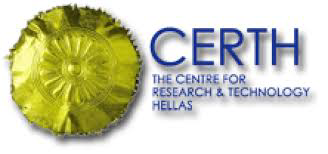PAGE CONTENTS
Objectives
The objective of this study was to compare future lithium battery system with Regenerative Fuel Cell system (RFCS) for large Telecommunication satellite platforms (25 to 50kW) from accommodation, operation, cost and mass perspective.
Challenges
The main challenge is to cope with reliability and thermal requirements
System Architecture
The accommodation exercise minimised the platform redesign to comply with the mission requirements. In particular all propulsion options have been maintained. The batteries and RFCS size have been tuned to compare themselves at two power levels, 25kW and 43kW.
Plan
The first phase consists in gathering EPS design requirements for future SATComs. Then a benchmark between Li-ion Battery based and RFCS based systems is performed. At last, a technology roadmap is proposed to reach TRL 6 by 2030
Current Status
Completed



